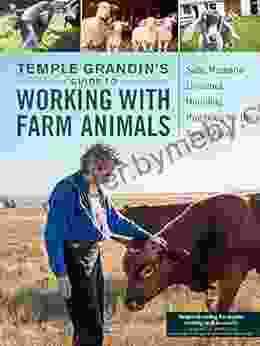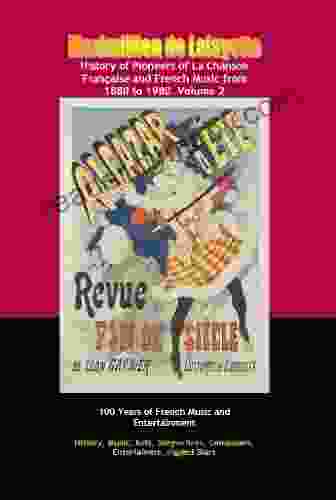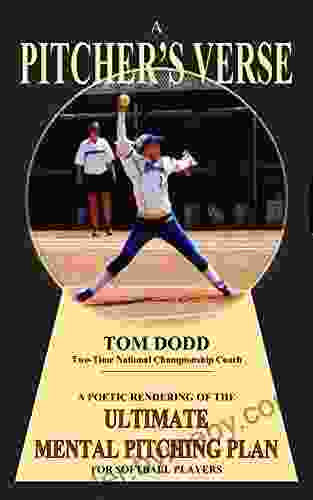Safe and Humane Livestock Handling Practices for the Small Farm

4.8 out of 5
| Language | : | English |
| File size | : | 28049 KB |
| Text-to-Speech | : | Enabled |
| Screen Reader | : | Supported |
| Enhanced typesetting | : | Enabled |
| Print length | : | 193 pages |
| Lending | : | Enabled |
Livestock handling is an essential aspect of small farm management. It encompasses a wide range of tasks, from daily feeding and care to routine health checks and vaccinations. While handling livestock can be a rewarding experience, it is important to prioritize the safety and well-being of both the animals and the handlers. Unsafe or inhumane handling practices can not only cause distress and injury to the animals but also pose a risk to the handler's safety.
This comprehensive guide provides detailed instructions on how to handle livestock safely and humanely, ensuring the well-being of your animals and the safety of your farm. We will cover essential principles, equipment selection, and specific handling techniques for different livestock species. By following these guidelines, you can create a positive and productive relationship with your animals.
Essential Principles of Safe and Humane Livestock Handling
- Respect the animal's nature and instincts. Understand the natural behaviors and reactions of the species you are handling. Avoid sudden movements or loud noises that may startle the animal.
- Be calm and patient. Livestock handling should be a calm and controlled experience. Avoid rushing or becoming frustrated, as this can heighten the animal's stress levels.
- Use positive reinforcement. Reward animals for cooperating during handling procedures. This can include treats, praise, or gentle petting.
- Minimize stress. Create a calm and stress-free environment for the animal. Provide plenty of space, fresh air, and water. Avoid handling animals during extreme weather conditions.
- Wear appropriate clothing and equipment. Wear sturdy clothing that covers your arms and legs. Use gloves to protect your skin from potential scratches or bites. Non-slip footwear is essential for maintaining your balance and preventing accidents.
Equipment for Safe Livestock Handling
The right equipment can greatly enhance the safety and efficiency of livestock handling. Here are some essential tools:
- Headgate: A headgate securely holds the animal's head, allowing for safe and easy access to the mouth, ears, and eyes.
- Chute: A chute guides the animal through a narrow passage, restricting its movement and providing a safe environment for procedures such as vaccinations or medical treatments.
- Restraint devices: Various devices, such as ropes, halters, and nose rings, can be used to restrain animals safely during handling.
- Loading ramp: A loading ramp provides a safe and stable surface for loading and unloading animals from trailers or trucks.
Specific Handling Techniques for Different Livestock Species
Different livestock species have unique handling requirements. Here are some specific guidelines for commonly encountered animals on small farms:
Cattle
- Approach cattle calmly and quietly from the side or behind. Avoid making direct eye contact, as this can be perceived as a threat.
- Use a cattle prod or stick to gently guide cattle in the desired direction. Never strike or kick the animal.
- When moving cattle through a chute or headgate, ensure the animal has ample space and is not forced to move too quickly.
Sheep
- Sheep are flock animals and tend to be more comfortable when handled in groups. Gently herd them in the desired direction using a crook or shepherd's hook.
- If you need to restrain a sheep, use a rope or halter to secure its head and neck.
- When lifting a sheep, support its weight evenly and avoid putting pressure on its chest or belly.
Goats
- Goats are curious and playful but can also be stubborn. Approach them calmly and let them investigate you before attempting to handle them.
- Use a rope or halter to guide goats during handling. Avoid pulling or dragging them.
- Goats are agile climbers, so ensure they are confined to a secure area before handling.
Pigs
- Pigs are intelligent and can be trained to follow basic commands. Use positive reinforcement to encourage cooperation during handling.
- When moving pigs, use a panel or board to guide them. Avoid using a stick or prod, as this can cause injuries.
- Pigs can become aggressive if they feel threatened. If a pig becomes agitated, back away slowly and calmly.
Safe and humane livestock handling is an essential aspect of ethical and productive small farm management. By following the principles and techniques outlined in this guide, you can create a positive and productive relationship with your animals while ensuring their well-being and your safety. Remember, patience, respect, and the proper equipment are key to successful livestock handling. With practice and dedication, you can develop the skills and knowledge to handle your livestock confidently and compassionately.
If you have any further questions or require additional guidance on livestock handling practices, consult with your local veterinarian or agricultural extension office. By investing in safe and humane handling, you create a foundation for a thriving and sustainable small farm.
4.8 out of 5
| Language | : | English |
| File size | : | 28049 KB |
| Text-to-Speech | : | Enabled |
| Screen Reader | : | Supported |
| Enhanced typesetting | : | Enabled |
| Print length | : | 193 pages |
| Lending | : | Enabled |
Do you want to contribute by writing guest posts on this blog?
Please contact us and send us a resume of previous articles that you have written.
 Book
Book Novel
Novel Page
Page Chapter
Chapter Text
Text Story
Story Genre
Genre Reader
Reader Library
Library Paperback
Paperback E-book
E-book Magazine
Magazine Newspaper
Newspaper Paragraph
Paragraph Sentence
Sentence Bookmark
Bookmark Shelf
Shelf Glossary
Glossary Bibliography
Bibliography Foreword
Foreword Preface
Preface Synopsis
Synopsis Annotation
Annotation Footnote
Footnote Manuscript
Manuscript Scroll
Scroll Codex
Codex Tome
Tome Bestseller
Bestseller Classics
Classics Library card
Library card Narrative
Narrative Biography
Biography Autobiography
Autobiography Memoir
Memoir Reference
Reference Encyclopedia
Encyclopedia Roy Macskimming
Roy Macskimming Thomas Thwaites
Thomas Thwaites Sheila Weller
Sheila Weller Matthew Vanfossan
Matthew Vanfossan Rick Rigsby
Rick Rigsby Megan Shepherd
Megan Shepherd Stuart Tyson Smith
Stuart Tyson Smith Russell Napier
Russell Napier Siamak Taghaddos
Siamak Taghaddos Pat Sloan
Pat Sloan Steve Englehart
Steve Englehart Ruth Stiles Gannett
Ruth Stiles Gannett Peter Vermeulen
Peter Vermeulen Jeff Leighton
Jeff Leighton R L Adams
R L Adams Tilda Shalof
Tilda Shalof Marla Frazee
Marla Frazee Micheline Maynard
Micheline Maynard Teri Agins
Teri Agins Rahul Pandita
Rahul Pandita
Light bulbAdvertise smarter! Our strategic ad space ensures maximum exposure. Reserve your spot today!

 Joshua ReedThe Jewish Travel Guide: Your Key to Unlocking a World of Rich Heritage and...
Joshua ReedThe Jewish Travel Guide: Your Key to Unlocking a World of Rich Heritage and... Eugene ScottFollow ·16.9k
Eugene ScottFollow ·16.9k Scott ParkerFollow ·5.4k
Scott ParkerFollow ·5.4k Isaac MitchellFollow ·7.9k
Isaac MitchellFollow ·7.9k Orson Scott CardFollow ·8.4k
Orson Scott CardFollow ·8.4k Robert BrowningFollow ·10.3k
Robert BrowningFollow ·10.3k Nathaniel PowellFollow ·17.6k
Nathaniel PowellFollow ·17.6k Julian PowellFollow ·2.3k
Julian PowellFollow ·2.3k Octavio PazFollow ·17.1k
Octavio PazFollow ·17.1k
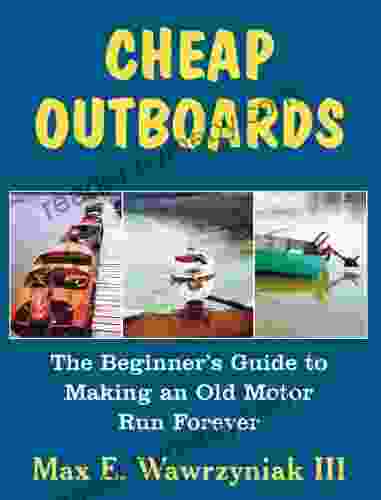
 Wayne Carter
Wayne CarterThe Beginner's Guide to Making an Old Motor Run Forever
If you're like most...
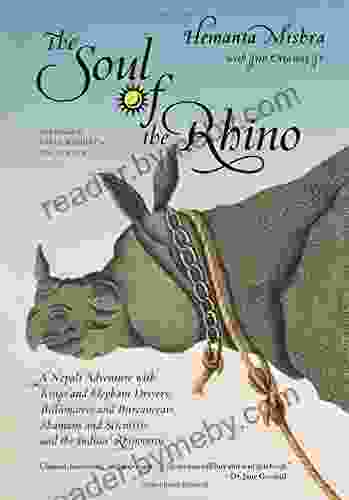
 Deacon Bell
Deacon BellNepali Adventure: Kings and Elephant Drivers,...
In the heart of the...

 Carlos Drummond
Carlos DrummondThe Romantic Revolution: A Journey Through History and...
Unveiling the...

 Kazuo Ishiguro
Kazuo IshiguroUnlock Your Inner Innovator: Dive into the New Wave...
Embark on a Transformative Journey of...
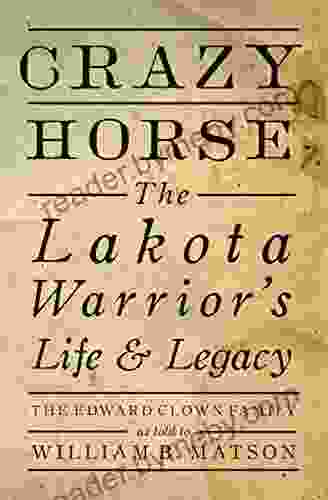
 William Golding
William GoldingCrazy Horse: The Lakota Warrior's Life and Legacy
In the annals of Native...

 Hector Blair
Hector BlairMildred and Richard Loving: The Inspiring Story of...
Mildred and Richard Loving were an...
4.8 out of 5
| Language | : | English |
| File size | : | 28049 KB |
| Text-to-Speech | : | Enabled |
| Screen Reader | : | Supported |
| Enhanced typesetting | : | Enabled |
| Print length | : | 193 pages |
| Lending | : | Enabled |


